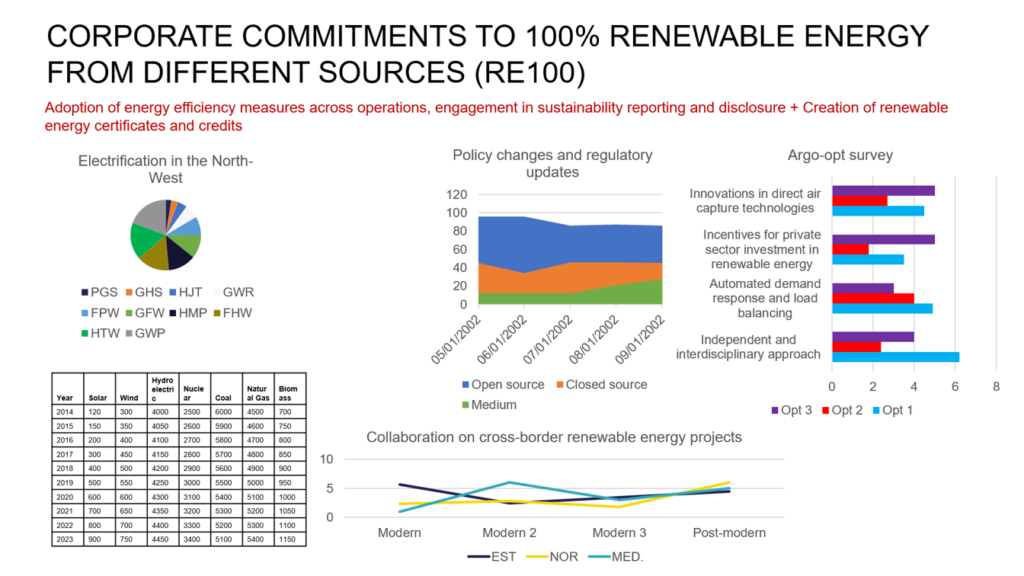I get this question in every other training session I conduct. But before I give you my answer, I have a question for you.
Which option would you choose in response to the question: How many slides should a good presentation have?
A. Fewer than 5
B. Between 5 and 15
C. No more than 30
D. It doesn’t matter how many. What matters is that it’s short in terms of time.
Which answer do you pick?
If you choose D, then you have the same approach as I do. Yes, the number of slides in your presentation doesn’t matter. What’s far more important is that it’s short. Because presentations delivered in front of an audience are not measured by the number of slides but by the number of minutes.
What Is a Short Presentation?
A short presentation is not one that has five, ten, or twenty slides. A short presentation is one that is delivered in five, ten, or twenty minutes.
I once discussed this with Garr Reynolds (author of the classic book Presentation Zen). He put it this way: “When you go to the movies, do you ever wonder how many scenes the film has? No! Of course not, because what interests you the most is how long the movie lasts—90 minutes or maybe 120 minutes.”
The same goes for presentations. Slides are just scenes within a narrative. The number of scenes used is of little importance.
The World of Corporate Presentations
In most companies, however, discussions about presentations still revolve around the number of slides. A typical office hallway scene: a manager approaches an employee and says, “Hey, make me a presentation on XYZ. But keep it short—no more than five slides!”
Faced with this request, the employee comes back with a monstrosity:

Here’s a slide created in the typical corporate style. There was a five-slide limit, so the employee crammed all the content into just those five slides, even though it would have made much more sense to spread it across fifteen.
I dare say that the approach of “let’s make as few slides as possible” is one of the worst habits that has taken hold in corporations. This mindset is exactly why most business presentations are unclear, complicated, unstructured, overloaded with content, and just plain ugly.
Now, if that same employee had a different approach—one that said, “It doesn’t matter how many slides I use, as long as I present the content concisely”—then they could create slides that look more like this:

Doesn’t that look much better?
A presentation is not about slides. Slides are just visual aids to support a story. Instead of focusing on the slides themselves, we should focus on creating a good, engaging, and concise story. How many slides are needed to tell that story? That’s a secondary concern.
More Slides = More Dynamism
In practice, having more slides in a presentation often makes it more dynamic. And when images on the screen change frequently, the audience receives more new stimuli.
If these slides are simple, readable, and well-structured, then the audience gets exactly what they expect—a clear message, supported by interesting visuals that they actually want to look at.
When the Number of Slides Does Matter
Does this mean we should always ignore the number of slides? Not necessarily.
There is one type of presentation where the number of slides is important: slide-docs (also known as slideuments). These are documents formatted as slides that are sent to recipients via email. In this case, there is no presenter. And because of that, the slides need more text and should be condensed into fewer slides.
Why?
Imagine this situation: the recipient receives an email with a presentation attachment. They open it and see a PDF with 72 slides. Do you think they’ll go through all of it? Unlikely.
That’s why, in presentations meant to be sent via email, keeping the number of slides as low as possible is crucial. If you’re sending a presentation via email, try to keep it under 20 slides. Ideally, below 10. Maybe you can even fit it into five slides?
Summary
- If you are sending a presentation via email → measure it by the number of slides. Try to fit the content into as few slides as possible.
- If you are delivering a presentation in front of an audience → measure it by time. Want to create a short presentation? Aim to keep it within 18 minutes or less.
That’s the time limit given to speakers at TED and TEDx talks—and it’s what audiences around the world are now accustomed to.

